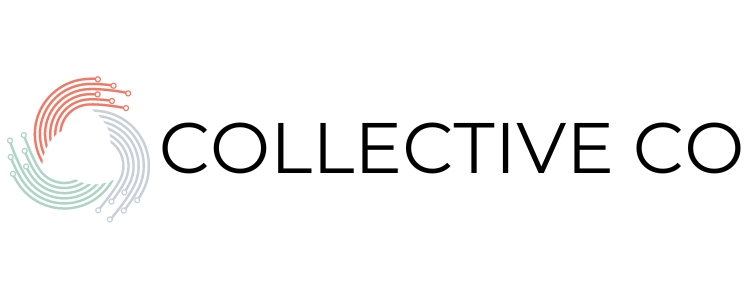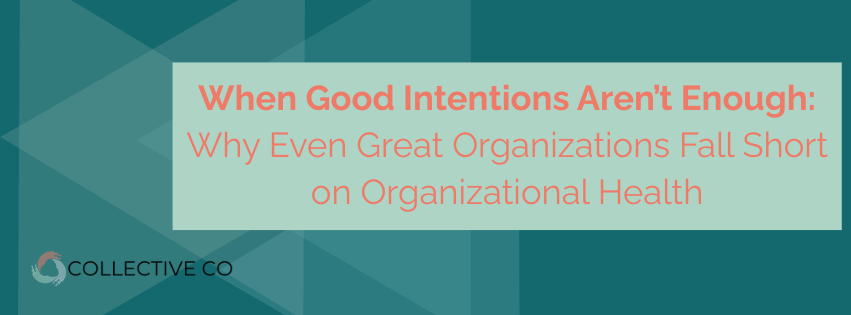Most leaders don’t wake up thinking, “Let’s build a dysfunctional organization today.”
They care deeply about people. They value culture. They talk about trust, collaboration, and clarity. They genuinely want to build a place where people thrive.
And yet… even great organizations with the best of intentions can fall short of being organizationally healthy.
Intentions Don’t Build Health — Behaviors Do
Here’s the truth: organizational health isn’t built on intention; it’s built on behavior and clarity.
You can believe in vulnerability, but if leaders never go first, the team will stay guarded.
You can preach clarity, but if decisions aren’t reinforced consistently, confusion creeps back in.
You can say you value accountability, but if hard conversations never happen, politics fill the gap.
Healthy organizations aren’t made by the slogans on the wall — they’re made by the habits in the room.
The Subtle Drift That Derails Healthy Teams
Even the strongest teams can drift toward dysfunction when pressure rises.
Deadlines tighten. Growth goals accelerate. A key leader leaves. Suddenly, “trust” and “clarity” become nice-to-haves instead of non-negotiables.
Here’s what it looks like in real life:
- Meetings turn into updates instead of debates.
- Silos form quietly under the weight of “getting things done.”
- The leadership team starts operating like Team Two — protecting departments instead of advancing the whole.
- And before long, the organization’s culture starts to wobble — not because anyone meant to, but because no one noticed.
Health Requires Maintenance, Not Just Momentum
The healthiest organizations know that health isn’t a project — it’s a practice.
Just like physical health, organizational health must be maintained through rhythm and repetition:
- Regular trust-building and vulnerability on the leadership team
- Honest feedback loops that surface tension early
- Cascading clarity so every team knows what matters most and how to make decisions
- Meetings that create alignment, not fatigue
Healthy teams aren’t perfect — they’re intentional. They name what’s broken, fix it fast, and stay committed to behaviors that keep the culture strong.
Final word…
Good intentions are a great start. But they don’t make an organization healthy.
Consistency does. Courage does. Clarity does.
Because the truth is — every organization drifts.
The question is: do you have the awareness and the rhythms to realign before the drift becomes dysfunctional?

